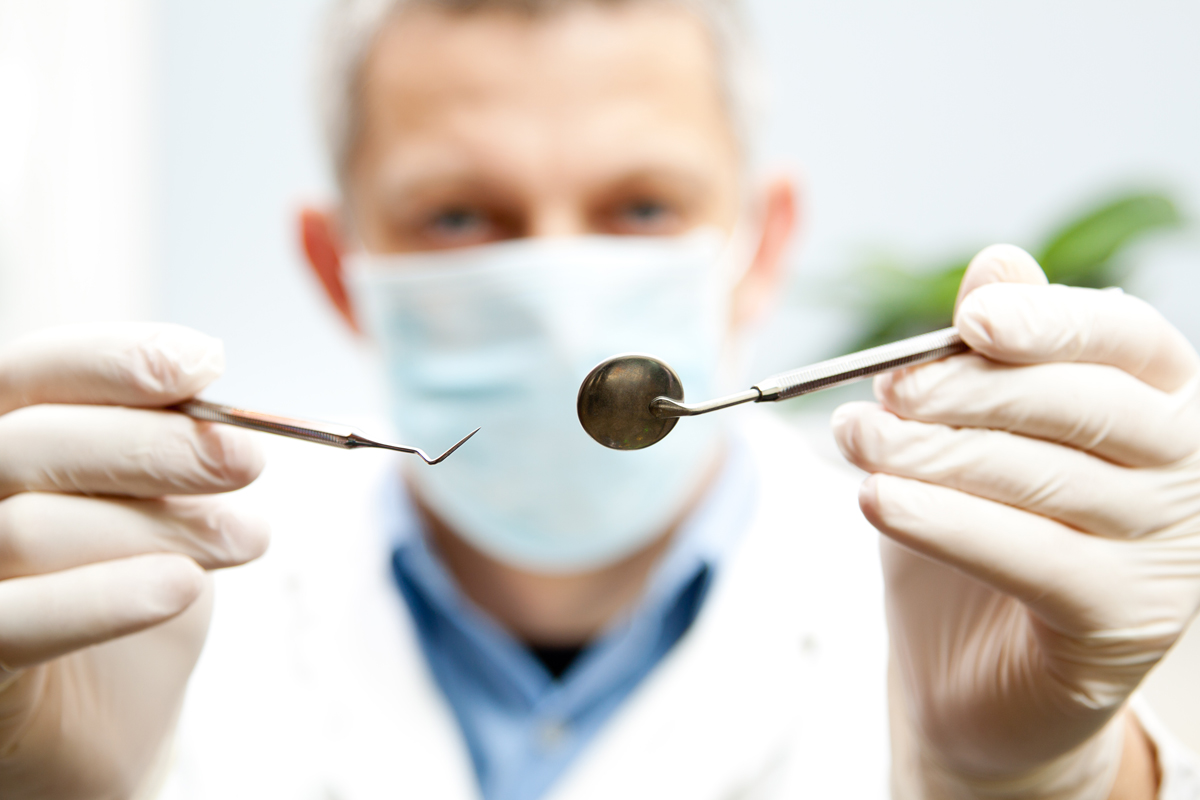Scientists have suggested using a medicine for Alzheimer's disease instead of dental fillings

A team of researchers from King’s College London has found a way to defeat caries and restore teeth without dental tools and fillings, stimulating their natural ability to recover. The decision came from an unexpected side - the drug, designed to treat Alzheimer's disease and other neurodegenerative disorders, showed an interesting side effect, renewing stem cells in the pulp of the tooth.
Our teeth have regenerative abilities, but they are very limited. Dentin , a vital mineral formed by highly specialized mesenchymal cells, odontoblasts, plays a key role in protecting the tooth from infections and caries. When the mineral layer of the tooth is under threat or has already experienced injuries or infections (caries), the internal soft tissue - the pulp - can be exposed to the external environment and also take over the infection. Clinical repair of such teeth is carried out with the help of mineral aggregates - cement, fillers based on silicon or calcium. This seal remains in the tooth and does not collapse, and this means that the normal amount of tooth minerals is not fully restored.
')

When the soft tissue of the pulp is damaged, the natural recovery mechanism is activated, which involves the transformation of mesenchymal stem cells into new odontoblast-like cells secreting the form of replacement dentin. He, in turn, forms a thin plate that protects the pulp from infections, covering it from the effects of the external environment. Unfortunately, the naturally formed new layer is too thin, and it does not effectively repair serious carious damage. In such cases, dentists use artificial materials to fill a tooth and replace lost dentin.
Scientists from the dental institute at King's College London have found a way to stimulate the growth of stem cells contained in the dental pulp, and thus generate a new layer of dentin, almost no different from the original, thereby potentially reducing the need for fillings.
This biological approach allows you to use the natural ability to restore the tooth, without resorting to the help of fillings, which often themselves provoke the occurrence of infection and need periodic replacement. If a sealed tooth becomes inflamed, dentists are forced to remove the filling and fill an already large cavity in the tooth. In the end, after repeated treatment of the tooth in this way, the “gap” in the tooth becomes more and more, and once a moment comes when you need to remove the tooth.
Remarkable throughout this story is the fact that one of the small molecules that the team used to stimulate the growth of stem cells in the tooth pulp of mice was the Tideglusib molecule, namely glycogen synthase kinase inhibitors ( HSC-3 ). The drug was specifically developed to combat neurological disorders, including Alzheimer's disease, and has already successfully passed a clinical trial. A new "side effect", opened by scientists from King's College, will accelerate the entry of this drug into the market and its widespread use in practice.
In order to deliver a small dose of HSC-3 to the tooth, scientists used biodegradable collagen sponges in their experiment on mice. Since the carrier sponges collapse over time, the new dentin replaces them, leading to a complete, natural recovery. Thus, the researchers managed to fill the 0.13-mm holes in the teeth of mice for 6 weeks in a natural way. Collagen sponges are commercially available and clinically approved, which adds potential for accelerated treatment and use in dental clinics.
This is not the only approach in the treatment and strengthening of teeth, which is proposed by scientists from King’s College London. Another group believes that to strengthen the teeth, you can use electricity, which will deliver a mineral cocktail deep into the tooth. The development of this technology is the Scottish company Reminova.
Scientific work published in the journal Scientific Reports January 9, 2017
DOI: 10.1038 / srep39654
Source: https://habr.com/ru/post/370057/
All Articles